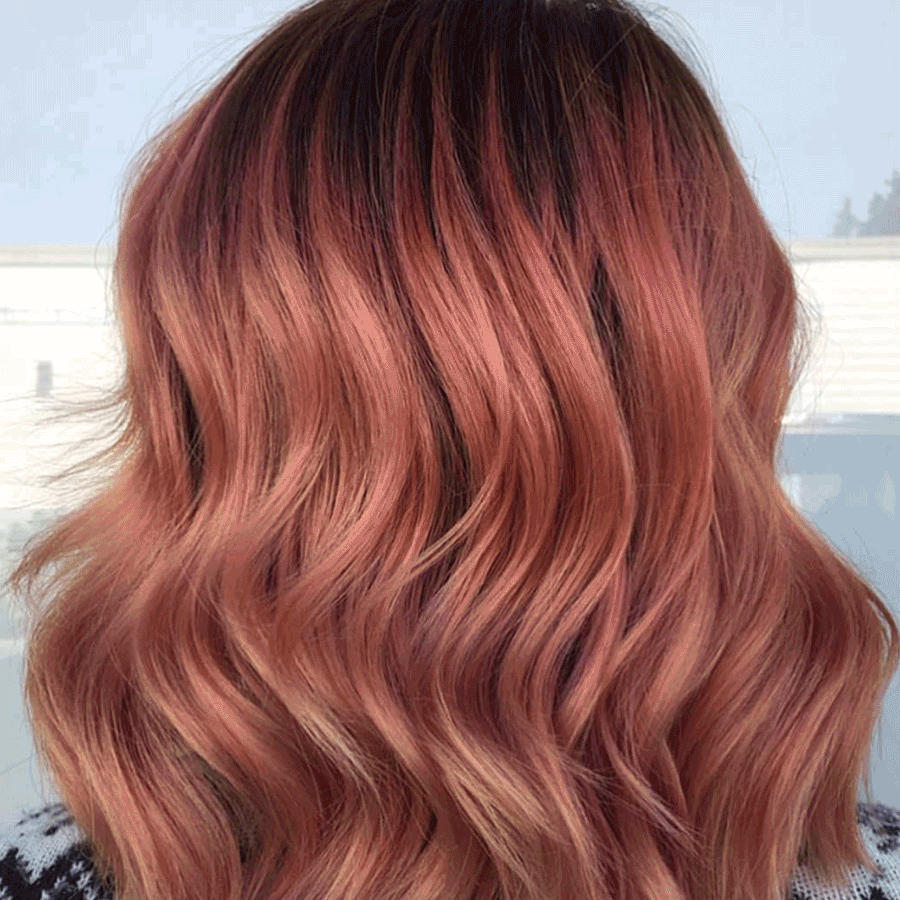Gray Blending or Gray Coverage:Which is Right For You?
If your natural hair color is starting to go gray but you’re not ready for the change, there are two effective ways to disguise them: blending or covering. Both can be effective at hiding the unwanted grays while keeping your hair looking healthy and natural. The first step to getting the result you want is knowing the difference between the two coloring techniques.
Blending
A low-fuss color technique, blending is a way to camouflage gray by adding other colors that are similar to your natural shade. Blending incorporates the gray in a way that leaves some pieces lighter than the rest for natural, subtle highlights. And because the color is blended with your natural tones, there’s no visible color line. Overall a low-maintenance color treatment, the processing time can take as few as 25 minutes and only needs to be touched up every 6 to 8 weeks.
Full coverage
Full coverage is simply an all-over application of a color that matches your natural color. By applying the color root to tip, covering conceals any hint of silver, white, or gray. Whether your hair is only beginning to show signs of salt and pepper, or if it’s gotten to be 50 percent gray, there are low-ammonia products your stylist can apply to create a rich, natural color that mimics your own. On average, full coverage color treatments need to be touched up after 4 to 6 weeks.
For the best result, take time to carefully discuss what you want and don’t want, and how often you want to return for touch ups. By talking it over in detail, your stylist can choose the right shade and color technique to create a youthful and radiant look for you.





